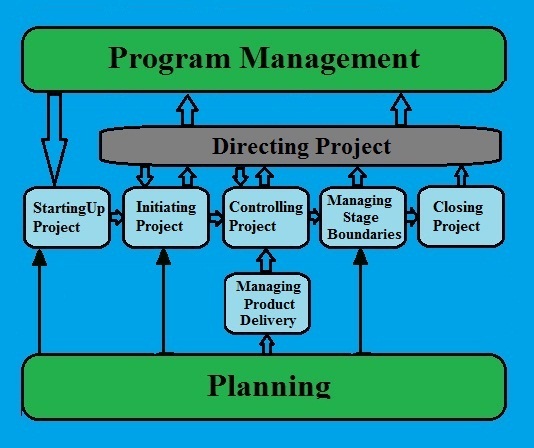Project Charter Checklist

This Project Charter Checklist describes the key activities required for developing the Project Charter. These activities are Make a Project Overview, Define Authorities and Set Milestones, and Build an Organizational Structure. Use the checklist in your management practice to find out more about project goals and objectives, deliverables, milestones, requirements, authorities, responsibilities, roles and so on.
Project Overview
- Problem statement. Make a brief description of the business problem the project should address. Try to use simple words and expressions. The description should state the business problem but not refer to how it would be resolved. Identify names of the stakeholders and customers who will be involved or interested in the project.
- Project description. Develop a general description of your project and identify the approach or solution it will use to address the business problem. The description should clearly summarize how the project will solve the business problem, deliver the expected outcomes and meet performance objectives. Point to key information and requirements associated with the proposed approach or solution.
- Goals and objectives. Make a detailed description of goals and objectives of your project with reference to the Business Case. The goals point to expected outcomes to be received in the end of the project. The objectives define how the expected outcomes will be achieved.
- Technical requirements. A description of technical requirements refers to determination of the project scope. The scope lets understand how the project will be accomplished and states the implementation boundaries. It defines an amount of working hours required to develop the final product and meet the goals and objectives.
- Critical success factors. Set a number of factors or characteristics that are critical to success of the proposed project. Each critical success factor should be clearly stated and understood by all stakeholders. The factors directly affect the ability of the team to achieve the objectives and goals.
- Constraints. A description of constraints will let comprehend the limiting factors that restrict options of the team regarding the scope, scheduling, and budgeting. Project Management Triangle is traditionally referred to the definition of three constraints, including Scope, Time and Cost.
- Assumptions. Create a list of assumptions that show the processes and/or services affected by the project. Assumptions have an impact to budgets, technology, schedules, staffing etc.
Authority and Milestones
- Finance authority. Identify and prove an amount of financial resources required to initiate and accomplish your project. Determine the method of finance and identify source of financial authorization.
- Control authority. Create and prove management control policies that will be used to adjust relationships between project participants and regulate oversight activities. Identify both internal and external oversight bodies, such as the company and the project management office.
- Major milestones. Make a list of the key milestones (deliverables and dates) that will represent accomplishment of specific jobs and the final product after the project completion. Deliverables are outputs that provide well-defined functionality and tangible products within predefined dates. Completion of a milestone typically refers to developing a set of deliverables.
Organizational Structure
- Structure. Create an organizational structure for your project and list all the participants involved. It is advisably to provide a graphical depiction of the organizational structure in the form of an chart. A sample organizational structure includes the following participants: Project Manager, Team Member, Sponsor, Committee, and Contributor.
- Responsibilities and roles. Create roles and responsibilities for the organizational structure, including external stakeholders and sponsors. Responsibilities refer to key checkpoints. You need to identify duties regarding approval and authorization of the deliverables. Key roles should cover critical project activities for managing quality, collaboration, communication, performance, risks and changes. Here are some examples of project roles: Project Manager, Executive Sponsor, Change Manager, Risk Manager, Performance Manager, QA Manager, etc.
- Facilities and resources. Make a description of project requirements for facilities and resources, including office space, office equipment, etc. Set resource responsibilities by roles to support the project environment.













